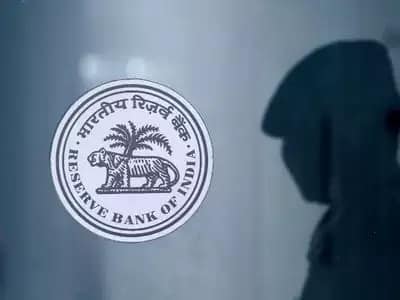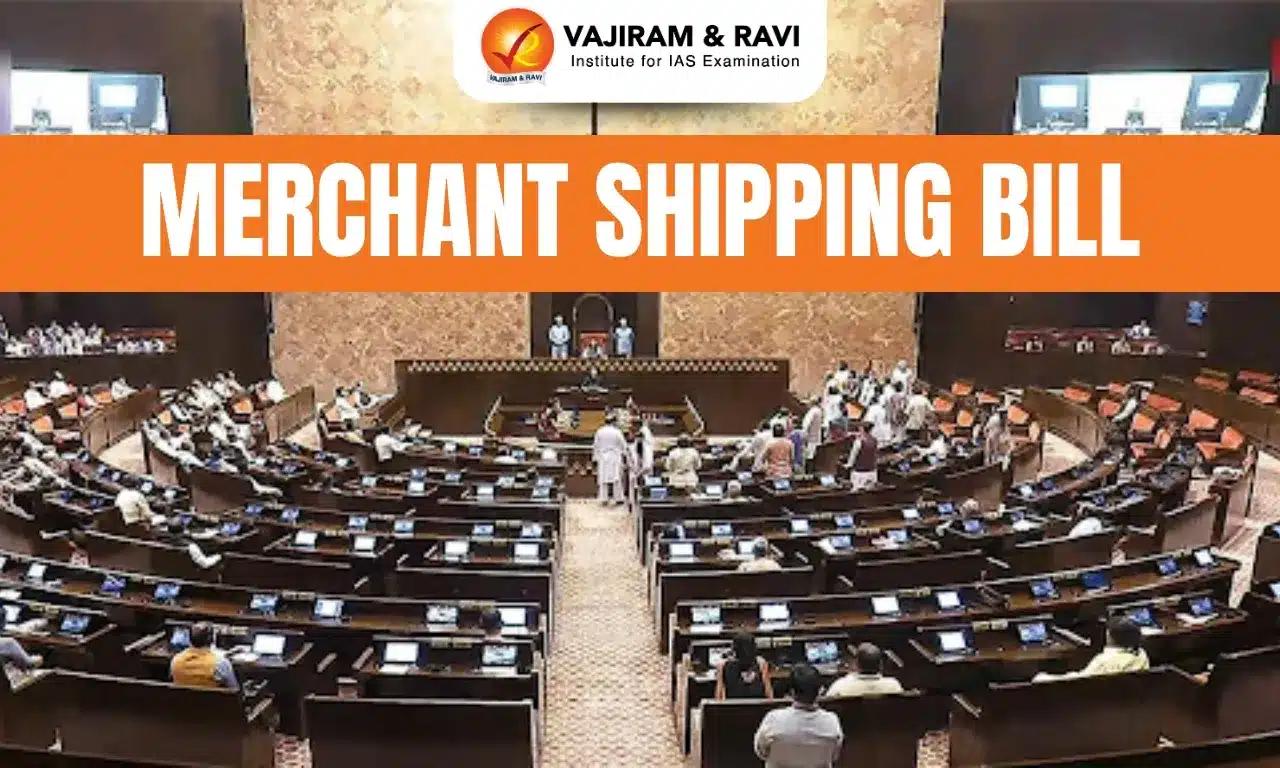What’s in today’s article?
- Why in News?
- What is Government Security?
- Who can Buy G-Secs?
- How are G-Secs Issued?
- Repurchase/Buyback of G-secs
- Why Do Banks Invest in Government Securities?
- About Open Market Operations (OMOs) by RBI
- News Summary
Why in News?
- Recently, the Reserve Bank of India announced its decision to consider the Open Market Operation (OMO) sale of government securities to manage liquidity in the system.
What is Government Security?
- A Government Security (G-Sec) is a tradeable instrument issued by the Central Government or the State Governments.
- It acknowledges the Government’s debt obligation. Such securities are short term (usually called treasury bills, with original maturities of less than one year) or long term (usually called Government bonds or dated securities with original maturity of one year or more).
- In India, the Central Government issues both, treasury bills and bonds or dated securities while the State Governments issue only bonds or dated securities, which are called the State Development Loans (SDLs).
- Treasury bills or T-bills are short term debt instruments issued by the Government of India and are presently issued in three tenors, namely, 91-day, 182-day and 364-day.
- Treasury bills are zero coupon securities and pay no interest.
- Instead, they are issued at a discount and redeemed at the face value at maturity.
- G-Secs carry practically no risk of default and, hence, are called risk-free gilt-edged instruments.
Who can Buy G-Secs?
- Government securities are available for purchase by various entities, including banks, financial institutions, primary dealers, corporate entities, individuals, and foreign investors.
- These securities can be bought through auctions conducted by the Reserve Bank of India (RBI) or in the secondary market through recognized stock exchanges or the NDS-OM platform.
How are G-Secs Issued?
- G-Secs are issued through auctions conducted by the RBI. Auctions are conducted on the electronic platform called the E-Kuber, the Core Banking Solution (CBS) platform of RBI.
- The RBI, in consultation with the Government of India, issues an indicative half-yearly auction calendar which contains information about the amount of borrowing, the range of the tenor of securities and the period during which auctions will be held.
- The Reserve Bank conducts auctions usually every Wednesday to issue T-bills of 91-day, 182-day and 364-day tenors.
- Settlement for the T-bills auctioned is made on T+1 day i.e. on the working day following the trade day.
- Like T-bills, Cash Management Bills (CMBs) are also issued at a discount and redeemed at face value on maturity.
- The tenor, notified amount and date of issue of the CMBs depend upon the temporary cash requirement of the Government. The tenors of CMBs is generally less than 91 days.
Repurchase/Buyback of G-secs
- Repurchase (buyback) of G-Secs is a process whereby the central government and state governments buy back their existing securities, by redeeming them prematurely, from the holders.
- The objectives of buyback can be reduction of cost (by buying back high coupon securities), reduction in the number of outstanding securities and improving liquidity in the G-Secs market (by buying back illiquid securities) and infusion of liquidity in the system.
Why Do Banks Invest in Government Securities?
- Banks invest in government securities for various reasons.
- These securities offer banks a safe, liquid investment option to park their surplus funds.
- Government securities also serve as a means for banks to meet their statutory liquidity ratio (SLR) requirements, which mandate a certain portion of their deposits to be invested in government-approved securities.
About Open Market Operations (OMOs) by RBI
- OMOs are conducted by the RBI by way of sale and purchase of G-Secs (government securities) to and from the market with an objective to adjust the rupee liquidity conditions in the market on a durable basis.
- When the Reserve Bank feels that there is excess liquidity in the market, it resorts to sale of securities thereby sucking out the rupee liquidity.
- Similarly, when the liquidity conditions are tight, RBI may buy securities from the market, thereby releasing liquidity into the market.
News Summary
- The Reserve Bank of India (RBI) Governor Shaktikanta Das said the central bank will consider open market operations (OMO) sales to manage liquidity.
- Further, he added that the timing and quantum of such operation will depend upon evolving liquidity conditions.
- Currently, the liquidity in the banking system is estimated to be in deficit of around Rs 34,000 crore.
- In response to the RBI Governor’s announcement, the yield on the benchmark 10-year government bonds increased to 7.34 per cent as the market anticipates an OMO shortly which is expected to tighten liquidity in the system.
Q1) What do you mean by Repo Rate?
Repo Rate is the rate at which the Reserve Bank of India (RBI) lends money to commercial banks or financial institutions in India against government securities. The current Repo Rate in 2023 is 6.50%. If the RBI lowers the Repo Rate, it increases the money supply in the market, which can help the economy grow.
Q2) What is Bank Rate?
A bank rate is the interest rate at which a nation’s central bank lends money to domestic banks, often in the form of very short-term loans.
Source:
Last updated on July, 2025
→ UPSC Notification 2025 was released on 22nd January 2025.
→ UPSC Prelims Result 2025 is out now for the CSE held on 25 May 2025.
→ UPSC Prelims Question Paper 2025 and Unofficial Prelims Answer Key 2025 are available now.
→ UPSC Calendar 2026 is released on 15th May, 2025.
→ The UPSC Vacancy 2025 were released 1129, out of which 979 were for UPSC CSE and remaining 150 are for UPSC IFoS.
→ UPSC Mains 2025 will be conducted on 22nd August 2025.
→ UPSC Prelims 2026 will be conducted on 24th May, 2026 & UPSC Mains 2026 will be conducted on 21st August 2026.
→ The UPSC Selection Process is of 3 stages-Prelims, Mains and Interview.
→ UPSC Result 2024 is released with latest UPSC Marksheet 2024. Check Now!
→ UPSC Toppers List 2024 is released now. Shakti Dubey is UPSC AIR 1 2024 Topper.
→ Also check Best IAS Coaching in Delhi















